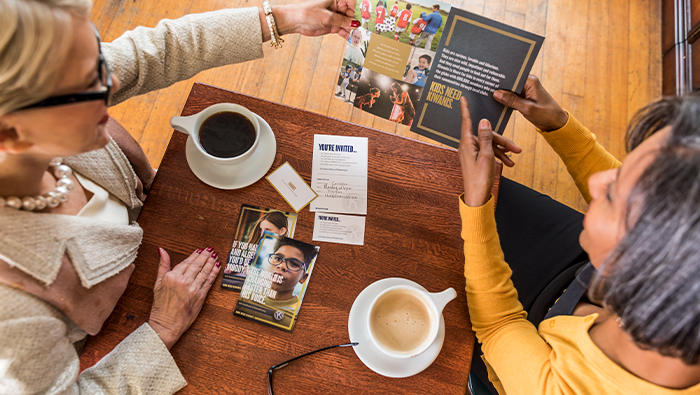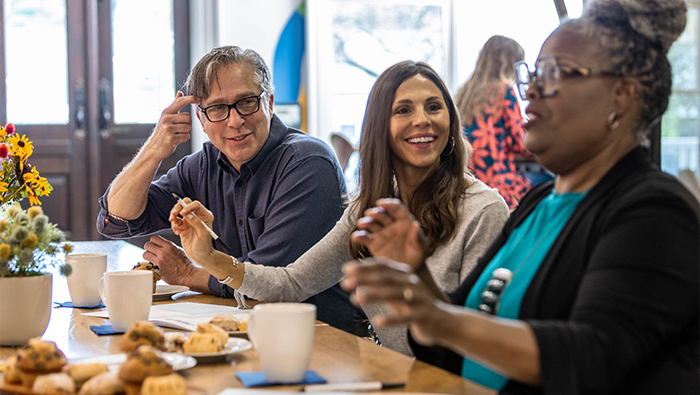
How we reach recruits
From Two For Two to SLPs, the Kiwanis Club of Kewanee, Illinois, has several ways to recruit people.
By Brock Tumbleson, Angela Burford and Willie Burford
Kiwanis members all have different spheres of influence. In the Kiwanis Club of Kewanee, we have found that new members help us fulfill the mission of Kiwanis — by bringing much-needed resources to our club.
Here are some activities, principles and people that have proved useful in our recruiting efforts:
- Two For Two. We first heard about the Two For Two program in 2021. With our 100th anniversary taking place in November 2022, we used it to bring in 22 new members during the year. Our greatest success through Two For Two has been with our evening club. Younger members can attend meetings and get involved in community projects. They have expanded their meeting schedule to two meetings per month. One meeting focuses on service opportunities while the other meeting is more traditional with a program and the like.
- Putting it in print. Our best aid is a statement of club activities, fundraisers and where our dollars go. Potential new members need something physical to go back and study as they make a decision. We can tell a great story, but people also need something tangible to consider.
- Following up. If you don’t get back to those you have visited with, they may think you have forgotten them. We try to reach out again in a week or 10 days to answer any questions they may have, explain our mission more clearly and hopefully get a signed membership application.
- Persistence. When it comes to inviting people to join a Kiwanis club, the worst someone can say is “no.” And we have found that many times they mean “not now.”
- Kiwanis youth connection. We are very fortunate in Kewanee to have nine Service Leadership Program clubs — at least one in every category. This is a tremendous help in that Kiwanis is well-known and respected in the community. We strongly encourage other clubs to work on building SLPs in their communities.
Brock Tumbleson is the president of the Kiwanis Club of Kewanee, Illinois, U.S. Angela Burford is club secretary, and Willie Burford is a club member and Tumbleson’s Two For Two partner.


